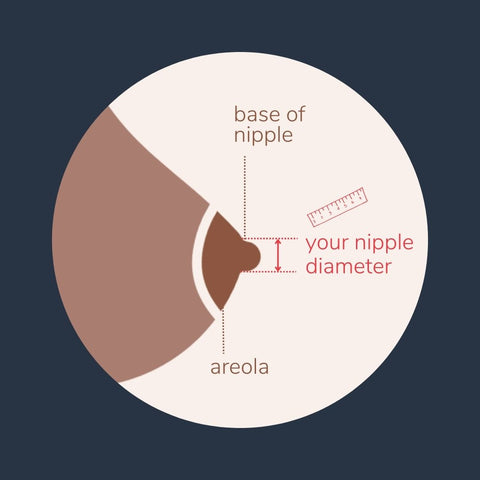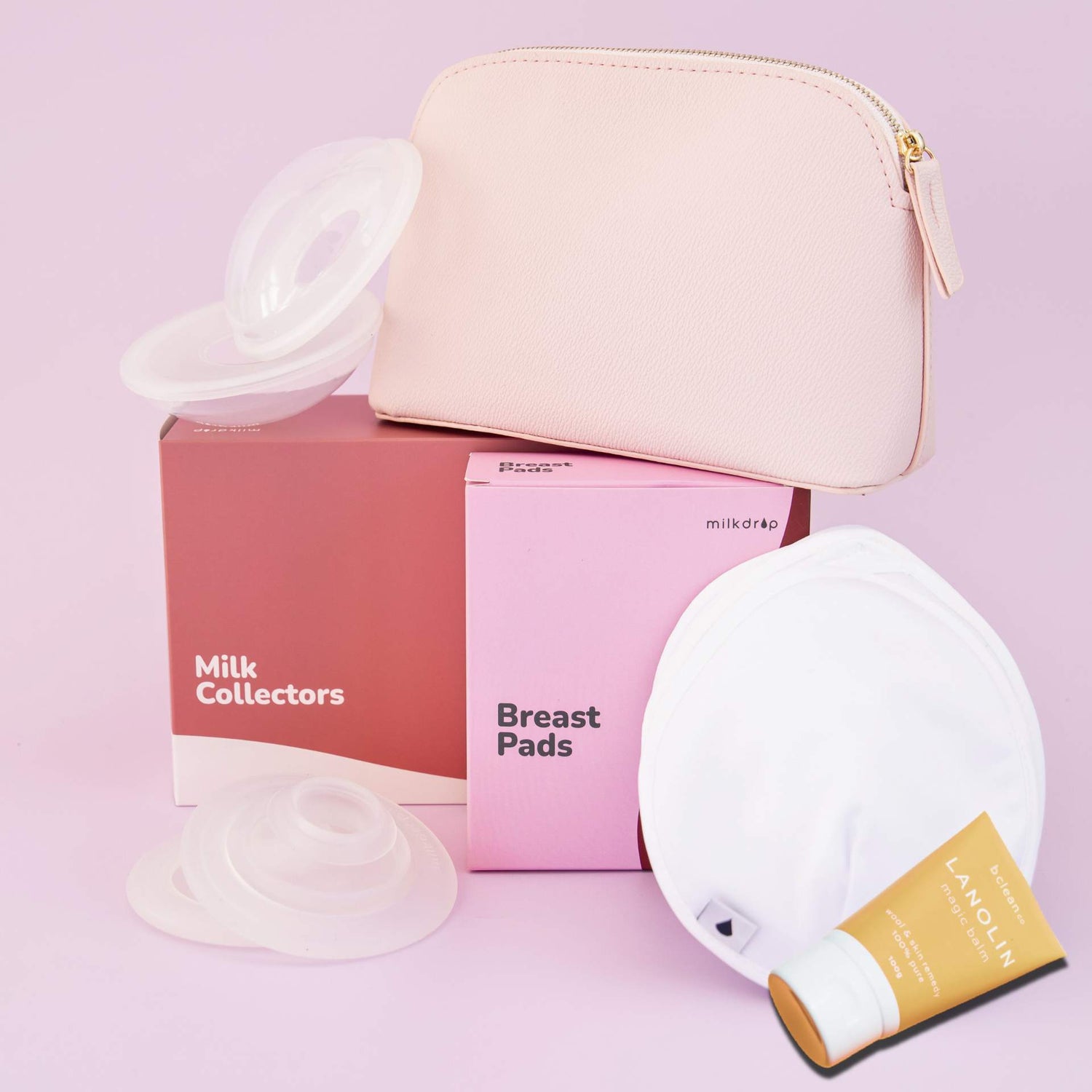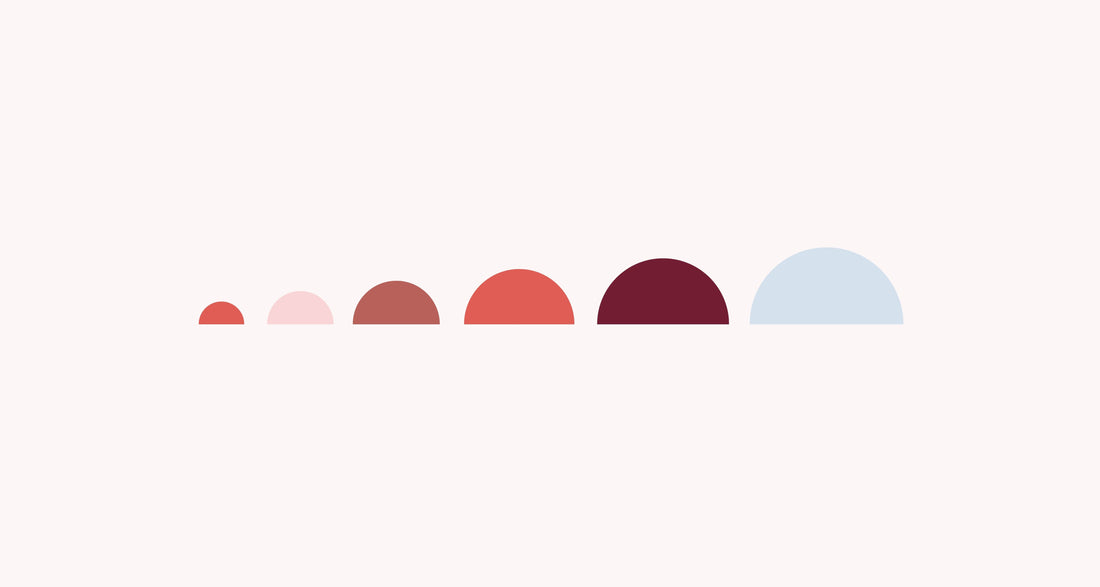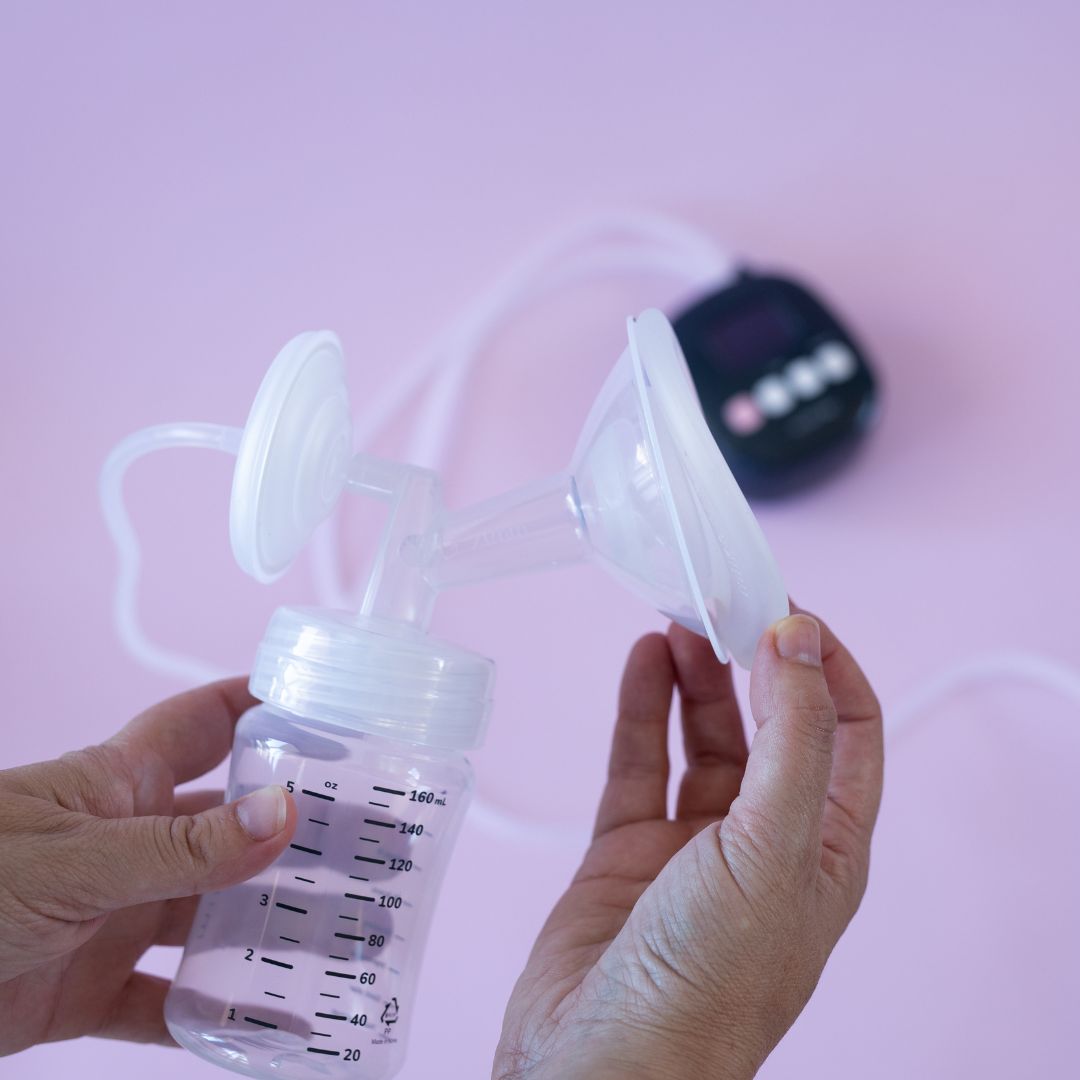If you’ve ever checked out your nipples in one of those super-magnifying bathroom mirrors and wondered, “is that normal?” you’re probably not alone. And if you’ve ever experienced issues with pumping or feeding, you’ve definitely done a late-night google search trying to understand your body better. The thing is, nipples come in all sorts of shapes, sizes, and colours, and there is no such thing as a "normal" nipple. However, there may be certain characteristics that are considered typical and healthy. Some variations to this typical nipple may cause breastfeeding problems, or at least make you a little concerned. In this post, we’ll delve a little deeper into “typical”, and what to do if you’re worried about your nips.
What does a typical nipple look like?
How big should my nipple be?
Nipples are usually around 1-2 centimetres in diameter, positioned slightly below the centre of the breast. This does not include your areola. The size of your nipple doesn’t usually matter too much, unless you’re pumping, in which case it matters a whole lot. Your nipple size is a big factor in choosing the size of the flange you should use when pumping, which may not fit the standard 24mm size that comes with your pump.
Here’s how you can measure your nipple for Milkdrop cushions, whether it’s to get the right size, or just to satisfy your curiosity.

What colour should my nipple be?
Nipple colour can vary all the way from light pink to dark brown, while the texture can be smooth or slightly bumpy. This may also change day to day depending on your hormones and other factors. The areola (the pigmented skin surrounding the nipple) can also vary in size, colour, and texture.

Should my nipple stick out?
Like a belly button, you may have “innie” or “outie” nipples, meaning that your nipples may either protrude from the areola or be more flat to the surface. Some people even have inverted nipples, but this is nothing to panic about either. Inverted nipples are relatively common and occur when the tissue inside your nipple is shorter than normal, causing it to retract into the breast instead of protruding.

What shape should my nipple be?
Another characteristic that can vary is the shape of your nipple. Some nipples are round, while others are more elongated or even cone-shaped. You may have noticeable bumps or protrusion on the tip, called Montgomery glands. These glands secrete an oily substance that helps keep the nipple lubricated and protected.
Do I have elastic nipples?
If your nipple tissue extends or swells to the end of the pump tunnel and to the sides, you might have elastic nipples. You can read more about what you can do to help pumping with elastic nipples here.
Do I need to see a doctor about my nipples?
While there is no such thing as a "normal" nipple, if you are concerned about sudden changes in the size, shape, colour, or texture of the nipple or areola, you should head to your healthcare provider. It’s super normal for your breasts, areolas and nipples to change quite a lot during pregnancy and after the birth of your baby, but if you feel like something isn’t right, we’d always recommend heading to your doctor or lactation consultant. Another reason you may like to seek further advice on your nipples is if you are having trouble pumping or nursing with inverted nipples, elastic nipples or other characteristics or your breasts. Lactation consultants can offer support and advice on how to overcome these challenges. You can find your nearest lactation consultant here.



